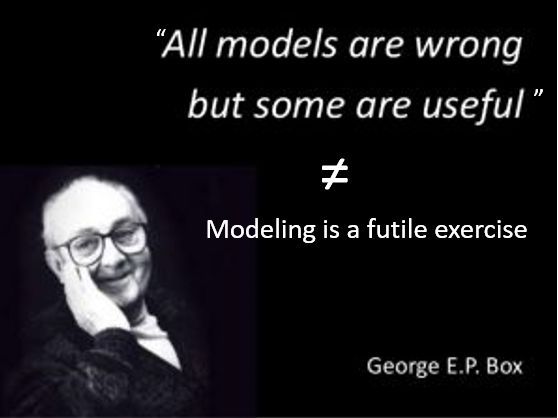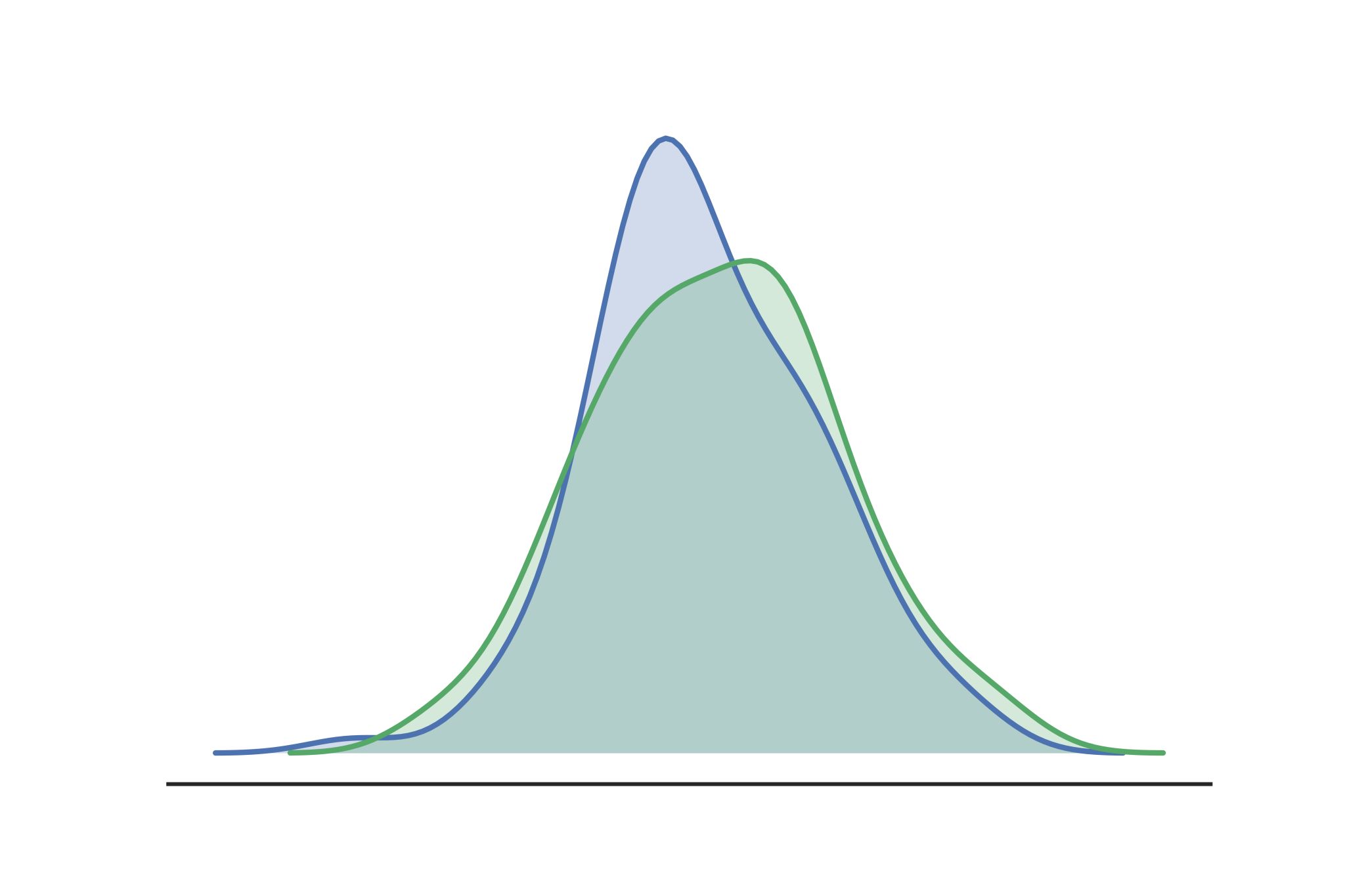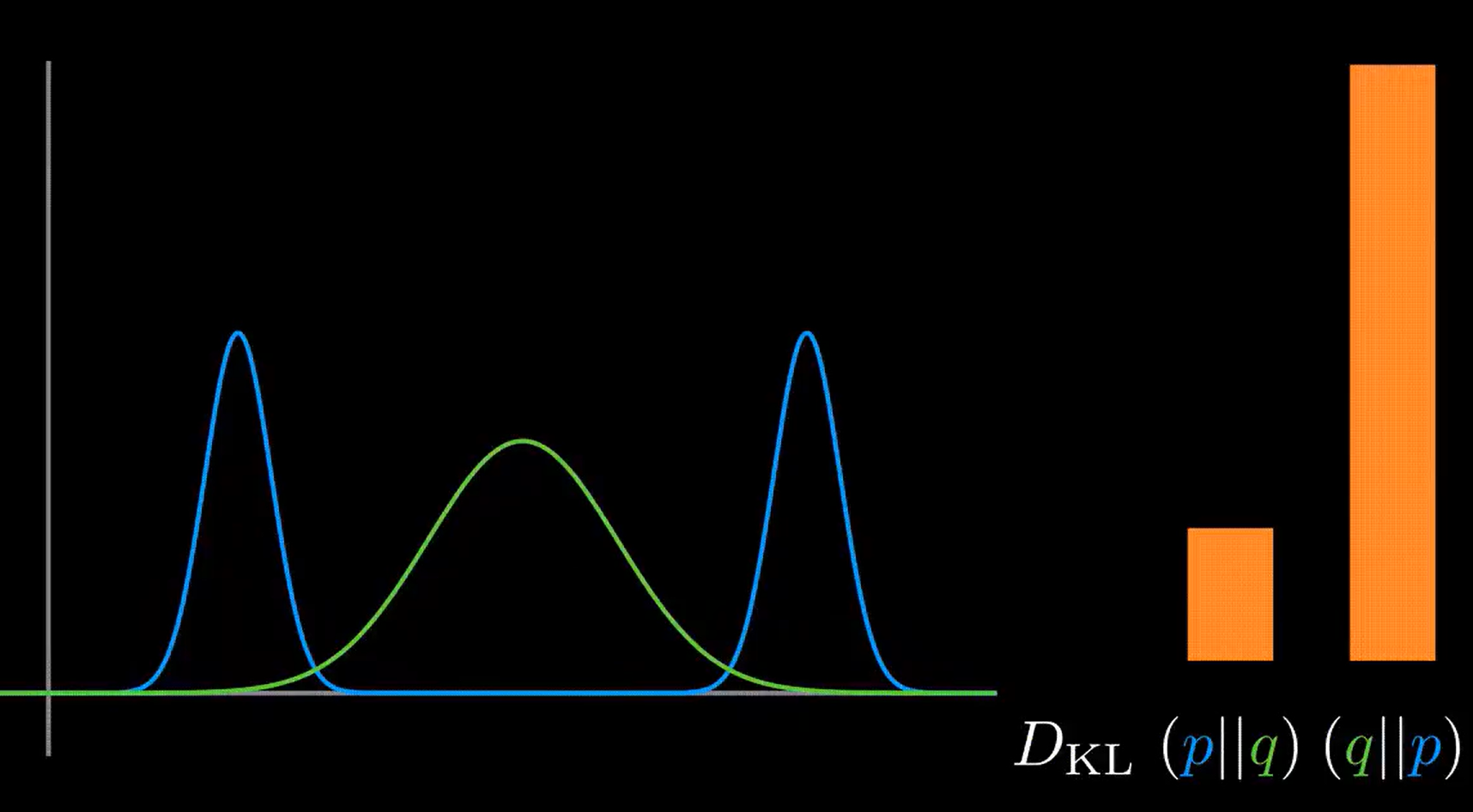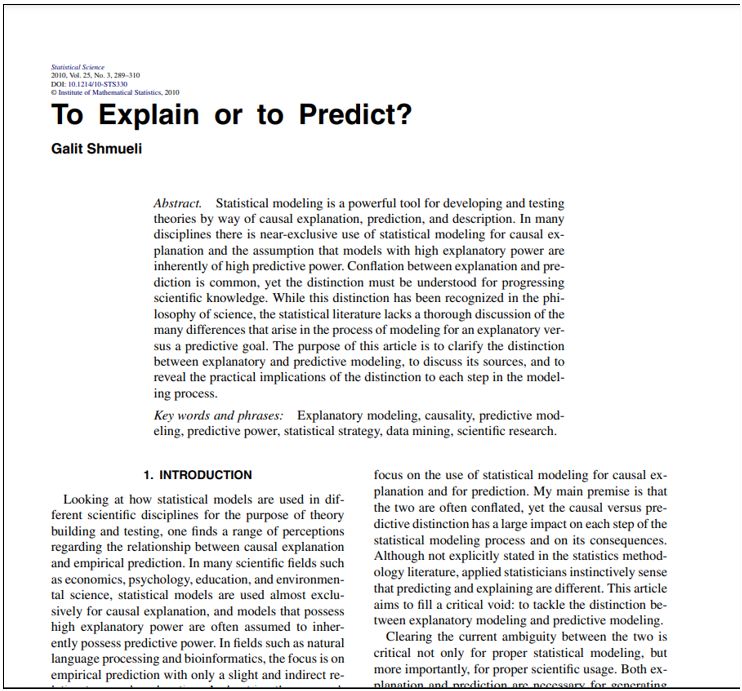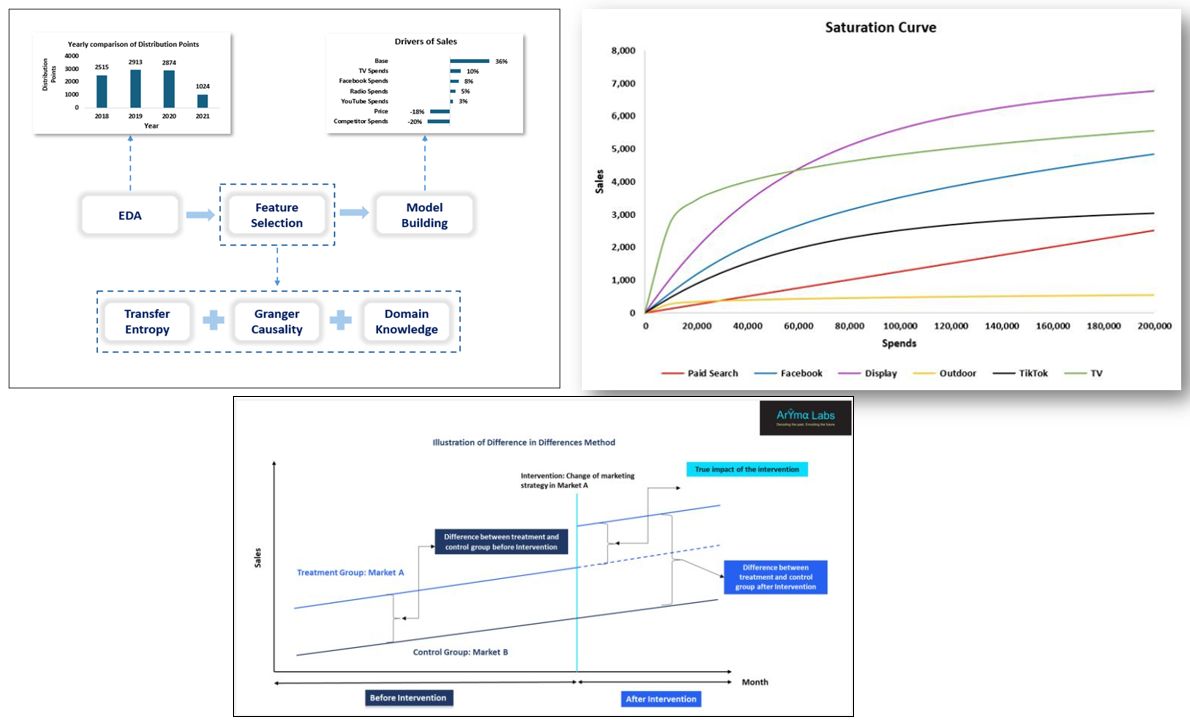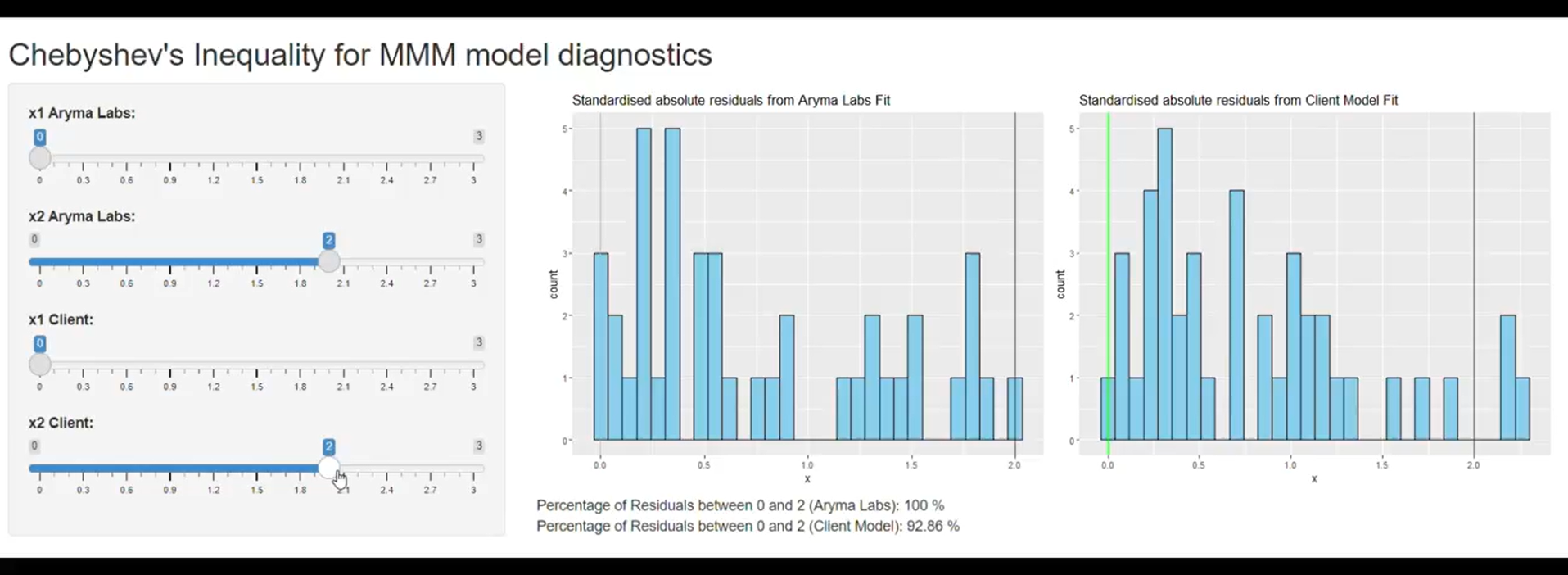
Chebyshev’s Inequality for Marketing Mix Model Diagnostics
At Aryma Labs, we constantly endeavor to add as much science as possible to marketing. MMM model calibration historically has had parallels with multi-linear regression calibration methods. But MMM is not just linear regression (see link in resources). It has more bells and whistles. As a result, it needs better calibration techniques. In our MMM calibration process, we innovatively use KL Divergence, Population stability Index and Information theoretic measures (see link in resources). In addition, we recently started to apply Chebyshev’s inequality as MMM model diagnostic. 📌 Firstly What is Chebyshev’s Inequality? Simply put, It states that for any random variable with mean μ and a variance σ², the probability of


